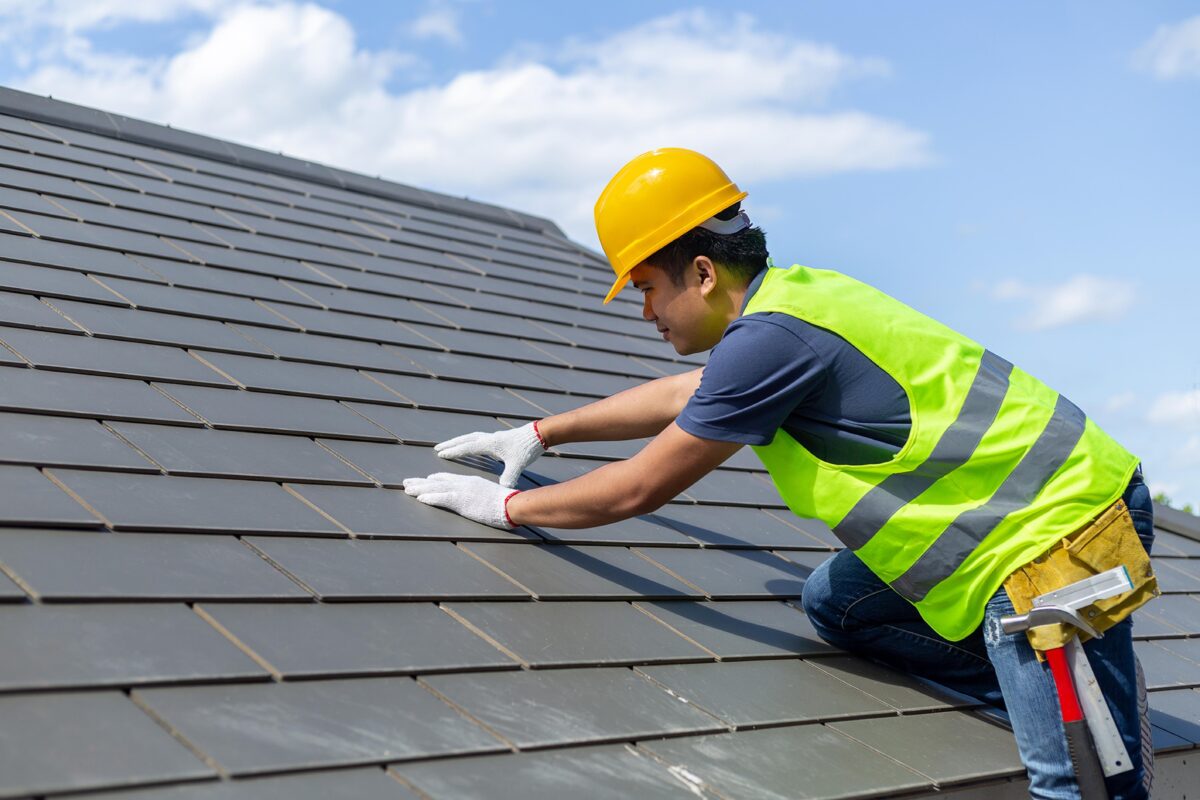Essential Guide to Roof Replacement in New Zealand: What You Need to Know

When it comes to maintaining your home, one of the most crucial aspects is the roof. Over time, even the most durable roofs will need attention. Whether it’s due to age, wear and tear, or damage from harsh weather, roof replacement can become a necessary project. For homeowners in New Zealand, understanding the signs that indicate it’s time for a roof replacement and the steps involved is key to ensuring the safety and longevity of your home. In this guide, we will explore the factors that influence roof replacement and provide expert insights on how to approach this vital home improvement project.
Why Roof Replacement is Crucial for New Zealand Homes
New Zealand’s diverse climate means that roofs endure a lot of stress. From torrential rain and strong winds in the North Island to snow and frost in the South Island, your roof works hard to protect your home. However, the elements can also take their toll. Eventually, old roofing materials degrade, and the integrity of your roof starts to decline. This can lead to leaks, energy inefficiency, and even structural damage if left unaddressed.
Common Signs You Need Roof Replacement
Knowing when to replace your roof is essential to avoid costly repairs and potential damage. Here are some common signs that it’s time to consider roof replacement:
- Frequent Leaks or Water Damage
Leaks are one of the most obvious signs of roofing problems. If you’re noticing water stains on your ceiling or walls, it’s a clear indication that water is entering through your roof. Frequent leaks can weaken your home’s structure and increase the risk of mold and mildew growth. - Visible Damage to Shingles or Tiles
Over time, roofing materials like shingles or tiles can crack, curl, or fall off. If you notice missing or damaged tiles, it may be time to replace your roof, especially if the damage is widespread. - Increased Energy Bills
An aging or damaged roof can compromise the insulation of your home, leading to higher energy bills. If you’ve noticed a sudden spike in heating or cooling costs, your roof may not be as energy-efficient as it once was. - Sagging Roof Deck
A sagging roof deck is a serious concern and can indicate structural issues. This could be due to water damage, pest infestation, or the weight of accumulated debris. A sagging roof is a strong signal that roof replacement is necessary.
Types of Roofing Materials for Your New Roof
When considering a roof replacement, one of the key decisions you’ll need to make is the type of roofing material that suits your home. New Zealand offers a variety of materials, each with its own advantages and lifespan.
1. Metal Roofing
Metal roofs are a popular choice due to their durability, fire resistance, and energy efficiency. Steel and aluminum are the most commonly used metals for roofing in New Zealand, offering long-lasting protection against the elements.
2. Asphalt Shingles
Asphalt shingles are a cost-effective and widely used option for residential roofing. They are durable, easy to install, and available in a variety of colors and styles, making them an excellent choice for many homeowners.
3. Concrete and Clay Tiles
Concrete and clay tiles are known for their longevity and aesthetic appeal. These materials can withstand harsh weather conditions and provide excellent insulation. However, they are heavier than other materials, which may require additional structural support.
4. Wood Shakes and Shingles
Wood shakes and shingles offer a natural look and are typically made from cedar or pine. While they provide good insulation and a rustic charm, they require more maintenance than other roofing options and may not be as durable in wet or humid climates.
Steps Involved in Roof Replacement
Replacing a roof is a complex process that requires careful planning and expertise. Here’s an overview of the steps involved:
- Inspection and Assessment
The first step in roof replacement is a professional inspection to assess the condition of your roof. This will determine whether a full replacement is necessary or if repairs will suffice. - Choosing the Right Roofing Material
Based on the inspection, the roofing contractor will help you choose the right material for your home, taking into consideration your budget, aesthetic preferences, and the climate in your area. - Preparation and Removal of Old Roof
Before installing the new roof, the old roofing material must be removed. This includes tearing off shingles, tiles, or metal panels and ensuring the underlying structure is in good condition. - Installation of New Roof
Once the old roofing material is removed, the new roofing material is installed. This process includes applying underlayment, setting up flashing, and installing the primary roofing material according to manufacturer specifications. - Final Inspection and Cleanup
After the roof is installed, the contractor will conduct a final inspection to ensure everything is done correctly. Cleanup is also an important part of the process to remove debris and ensure your home is safe and secure.
Choosing the Right Roof Replacement Contractor
Selecting a reputable roofing contractor is crucial for a successful roof replacement. Look for contractors who are licensed, insured, and experienced in working with the type of roofing material you’ve chosen. Getting multiple quotes and checking references can also help you make an informed decision.
The Benefits of Timely Roof Replacement
Replacing your roof on time can save you money in the long run by preventing more severe damage. A new roof also enhances the curb appeal and market value of your property. Furthermore, modern roofing materials are designed to be more energy-efficient, helping to reduce heating and cooling costs.
By staying proactive with roof maintenance and replacement, you’ll ensure that your home is safe, comfortable, and well-protected for years to come.





